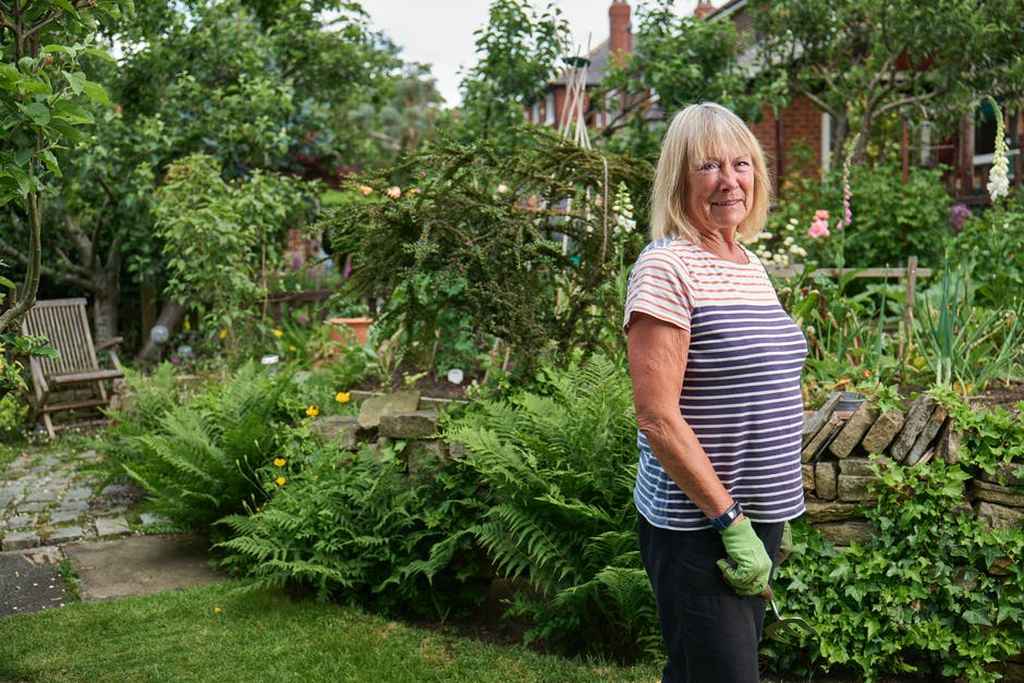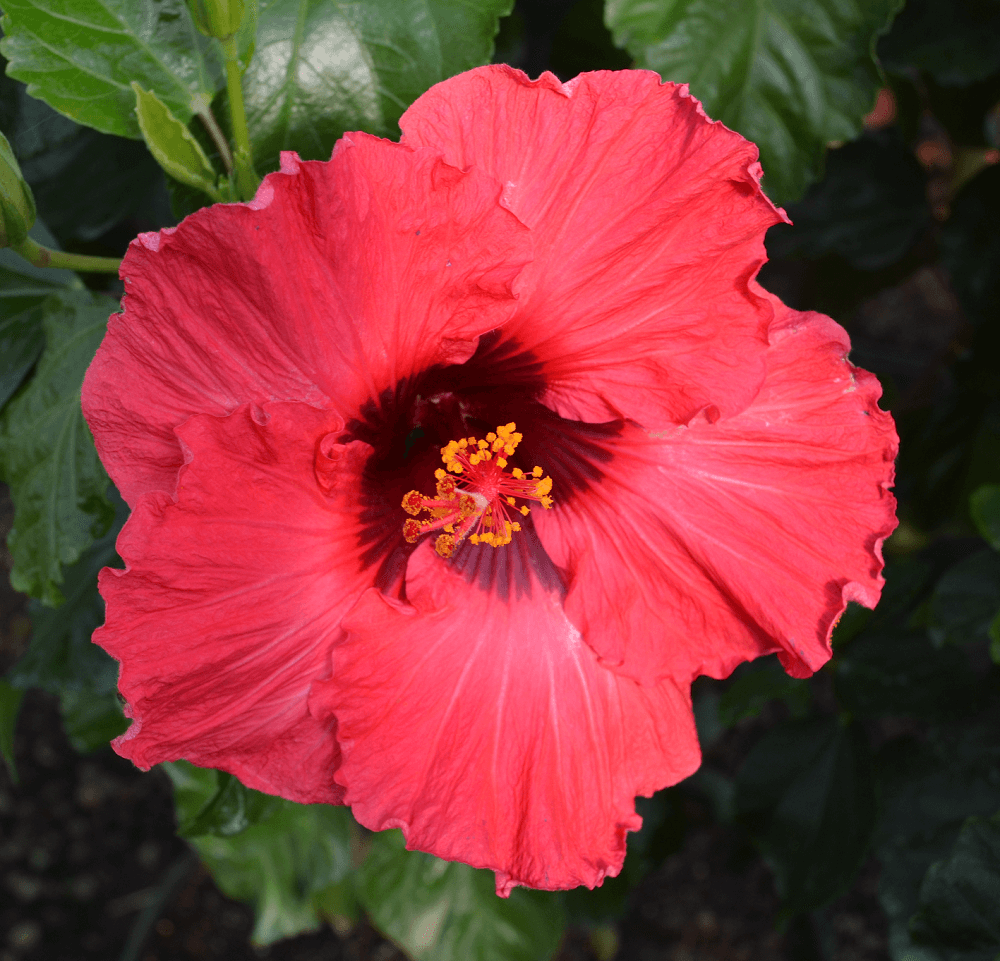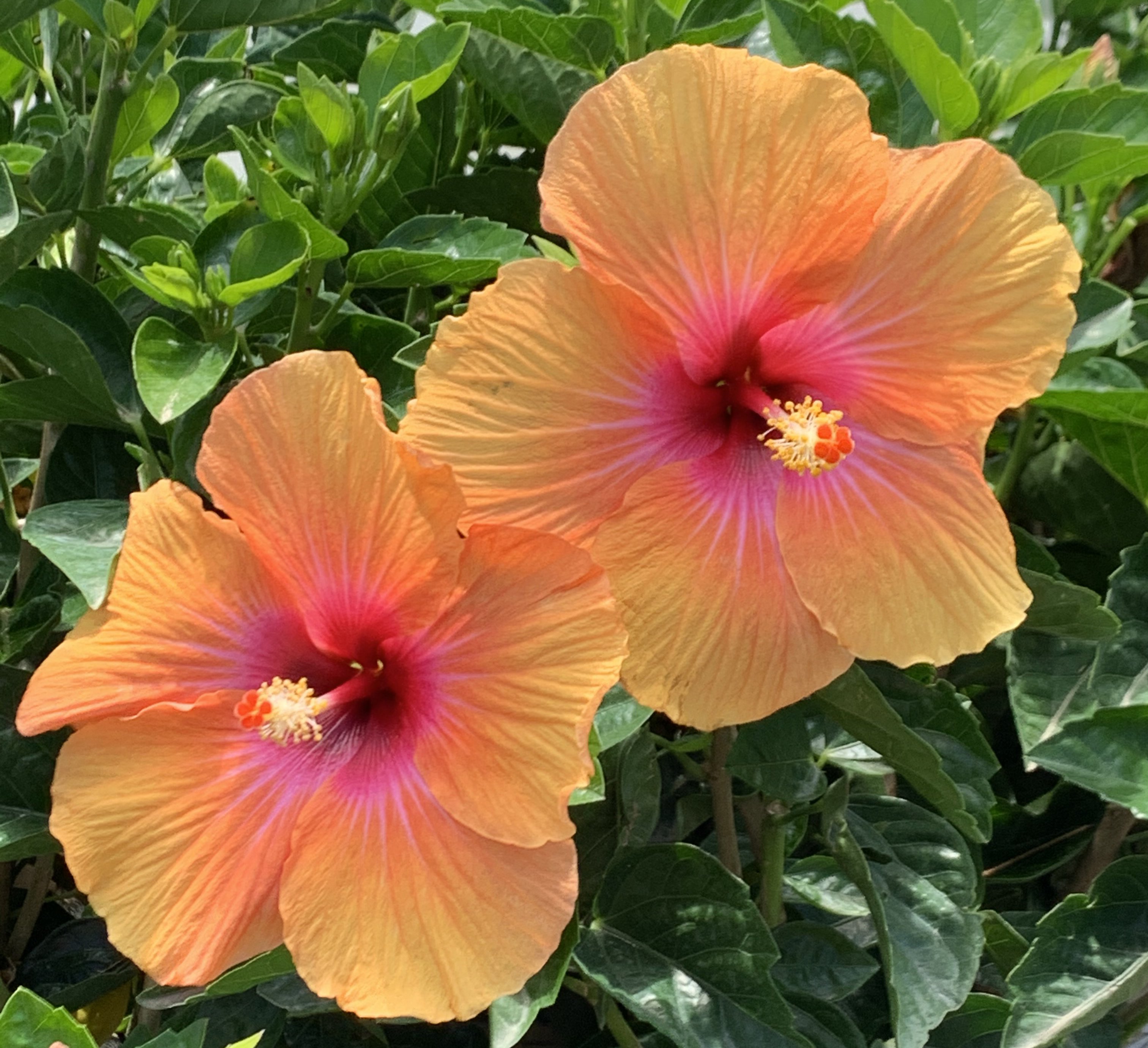By using our website, you agree to the use of cookies as described in our Cookie Policy
How to Help Your Outdoor Hydrangeas Last Longer
There are over 75 species of hydrangeas. They're such a beloved plant that they have a dedicated American Hydrangea Society, and National Hydrangea Day is on January 5.
Their defining features are their large, colorful flowers. They'll brighten up your home if you give them enough attention.
Read our guide to learn how to care for hydrangeas and make them last.
Planting
Plant hydrangeas in the spring or early fall when there's no danger of frost or extreme heat. Aim for early morning on an overcast day.
Choose a spot that allows the plants to get sun in the morning but shade in the afternoon. Bigleaf hydrangeas need light for at least half the day and shade in the afternoon. Pinnacles are one of the few that prefer full sun.
The key to figuring out how to make hydrangeas last longer is learning how to manage their soil. They're sensitive to the level of nitrogen, and too much of it will make them produce leaves instead of flowers.
The pH level of the soil also affects the color of the flowers. If it's below 6, you'll get blue flowers. If it's 7 or above, they'll be pink or red. If it's neutral, you'll get purple or a mix of blue and pink.
Provide barriers to protect your hydrangeas from weather conditions. You can use other plants such as evergreens or physical barriers such as fences.
Pruning
Pruning can be one of the most difficult parts of hydrangea care. Cutting too much or too little can keep their flowers from regrowing.
In most cases, you can remove:
- Winter-killed wood
- Dead branches
- Old stems
- Dead flowers
Bigleaf hydrangeas are one of the most common types with large leaves and colorful flowers. Trim them when they become overgrown, but avoid over-pruning young plants.
Smooth hydrangeas have white flowers that grow on new wood. Cut their stems back to 12 inches from the soil line.
Pee Gee is one of the largest species of hydrangea. Its stems can break under heavy flowers or snow. Remove any broken stems or dead flowers and prune them in the spring.
Oakleaf hydrangeas grow on old wood. Their flowers change from white to pink to tan throughout the year. Remove dead wood and prune them after flowering if needed.
Climbing hydrangeas grow quickly, so you may need to remove unwanted stems. Prune blooms off of old wood in April and May.
Fertilizing
Give your hydrangea bushes the nutrients they need by using the right fertilizer. Apply one made for roses or a granular shrub fertilizer in the spring.
Watering
In Greek, hydor means water and angieon means jar or vessel. Hydrangea translates to water jar.
Water in the early morning and focus on the roots. You should be able to tell if these thirsty plants need a drink by seeing if their flowers are drooping or feeling the soil.
Too much water is dangerous for the roots. Drain the soil to avoid root rot and make sure they have enough oxygen.
Where to Buy Hydrangeas
Hydrangeas are one of the most popular flowering shrubs in the world. The requirements for keeping them alive differ based on species.
The basics of hydrangea care include planting, pruning, fertilizing, and watering. Give them light and nutrient-rich soil. Prune off dead flowers or wood. Water them enough to satisfy them but not enough to drown their roots.
J. Berry Nursery offers name-brand plants to brighten up your garden. Explore our shop to see our hydrangea plants today.
‹ Back
Past Performances
These previously shown stars are no longer being grown at our facility














